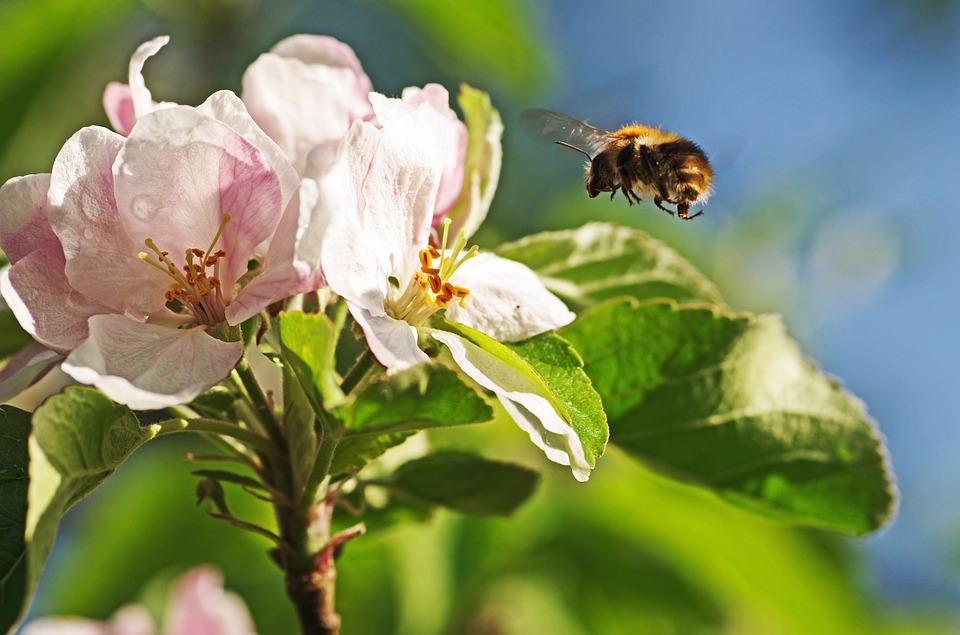NEW YORK - According to experts, the global bee population has been falling dramatically since the 1990s; in fact, the United States has lost approximately 40 percent of its commercial honey bees in the last 13 years alone. Given that bees pollinate a great many of the foods that we eat, the fact that they are slowly disappearing from the face of the planet should be of great concern to anyone who doesn't relish the idea of going hungry and starving. But in Central New York, revitalization efforts have begun on replenishing the ecosystems that these curious creatures can survive and thrive in order to help bolster their populations.

Experts say in native pollinators – creatures that move pollen from one flower to another, thereby fertilizing plants and allowing them to reproduce – there are a number of ways that local government and businesses can assist and help to maintain and expand habitats that promote the survival of local bee populations. However, there are also ways that average members of the community can also work together to help as well, which we’ll get to in a bit.
Currently, bees native to New York such as bumblebees are currently facing the most trouble. Unlike some bee species, including the European honey bee, bumblebees cannot be cultivated by beekeepers. Because of this, bumblebees need sustainable environmental conditions in order to survive, and scientists are currently working on effective ways of making this happen.
Bees that are native to New York include the rusty patched bumblebee, sweat bees, and the yellow banded bumblebee, and these creatures play a significant role in any ecosystem they are currently living in due to their status as native pollinators. Bees are not only efficient pollinators, but they also choose which flowers they pollinate strategically and rely on nectar from native plants in order to live. Bees are unable to adapt to other food sources, so if those plants no longer exist within their territory, the bees native to that region will either migrate elsewhere or slowly starve to death. In order to ensure their survival, specific plants need to be imported and transplanted.
Scientists have been focusing on helping bees by restoring wetlands in Central New York in an attempt to bring more biodiversity to the region’s local ecosystems. While this has shown varying degrees of success as far as assisting local bee populations, it is also had a beneficial side effect of attracting a large number of other native pollinators – such as a variety of different bird species – to the region as well. Wetlands in central New York used to be a prominent feature, but a recent study has revealed that the region lost approximately 50 percent of its wetland acreage between the 1970s and the 1980s. However, with recent restoration efforts, the percentage of wetlands in Central New York has been increasing and the benefit to both native and returning wildlife appears to be extremely encouraging, experts say.
However, you don't have to be a scientist in order to help save your local bee population; even something as simple as mowing your lawn less often can help by keeping ground-based bee nests intact, according to researchers. Also, if you're so inclined, planting plants such as milkweed and goldenrod can be beneficial to local bee populations, as they produce the nectar that they live on; just remember to plant them a safe distance from your home if you are the type that gets squeamish at the sight of a bee buzzing around your property. There also wooden structures known as “bee hotels” available that you can set up in wooded areas around your property.
Bees may be the stereotypical pests that everyone runs away from or swats at furiously when they invade your picnic, but most people don't know the vital role they play in any ecosystem they are a part of. Finding equilibrium with the environment they live in should be the goal of every Green-minded individual, so let's remember that we're all sharing this planet together and each of us – even bees – plays a vital role.


